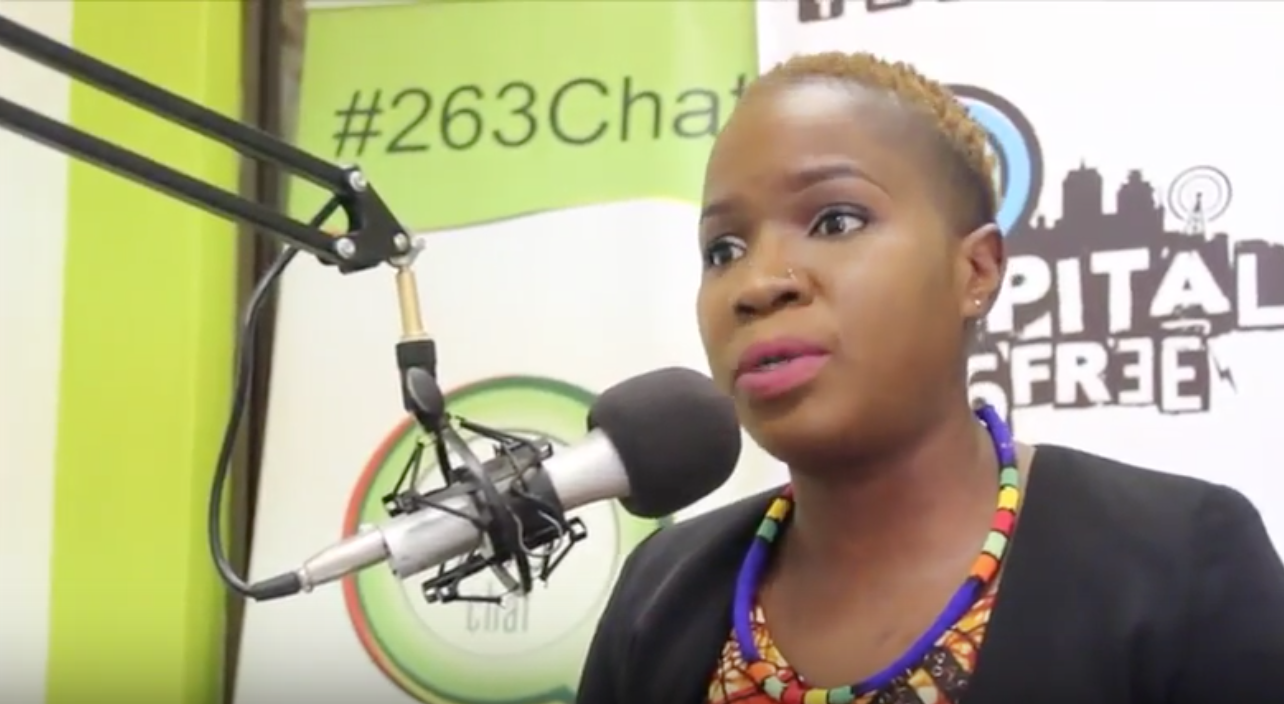Latina bike messengers provide a two-way info service in Queens
Originally published on Medium.
Each weekend this summer, a group of women donning neon vests and helmets has mounted bicycles and dispersed throughout Corona, Queens, to hand-deliver information to the neighborhood’s Latino immigrants. The women are members of the grassroots organization, Mujeres en Movimiento(“women in movement”), which partnered with the Mayor’s Office of Immigrant Affairs (MOIA) and the Department of Cultural Affairs to launch CycleNews.
The pilot kicked off in late May, and two months later in a backyard in Corona, I had a chance to sit down with some of the women behind it to learn what motivated CycleNews, and why choose bikes, clipboards, and info cards to reach Latino immigrants with news and information.
The idea, they explained, builds on Immigrant Movement International, an art project and community center developed by artist Tania Bruguera in 2011 in collaboration with the Queens Museum and Creative Time. The artist encouraged community members to imagine a better Queens, and empowered them to manifest that vision, drawing from tactics of art and community organizing. As the current Public Artist in Residence with MOIA, she has continued to collaborate with immigrants to pursue those questions and design ways to create their own solutions.
One of the gaps identified through this process was free group exercise, hence the creation of Mujeres en Movimiento, which began as a dance therapy group and has grown into a grassroots organization that advocates for bike safety and the empowerment of immigrant women.
Another gap that surfaced was better information. “It’s our right to inform,” said Veronica Ramirez, one of the founders of Mujeres en Movimiento, “and to be informed ourselves.”
Women from Mujeres en Movimiento delivering information as part of CycleNews. Source
In a city with one of the country’s most vibrant ethnic media ecosystems, what’s wrong with the news provided by local Spanish-language newspapers, television, and radio?
Plenty. “Many people say that the news outlets misinform. That what they do is frighten the community,” said Valeria Reyes, echoing a complaint I’ve heard from immigrants in Oakland about their local Spanish-language media. “They are motivated by ratings,” Valeria added, so they prioritize shock value over providing useful information.
That’s what they are trying to do through CycleNews. When the women disperse on bikes throughout the community on Saturday afternoons and Sunday mornings, they take two things with them. One is a stack of cards with information about municipal services available to immigrants and how to access them. There is an illustration on one side, and Spanish text on the other. They use these cards to talk to people on the street and engage them in conversation about what city services they might need.
The second thing they carry is a clipboard, which they use to pose to strangers on the street the same question that inspired them to start Mujeres en Movimiento: “What do you want to see in your community?” Each week they share that information back to the Mayor’s Office of Immigrant Affairs, creating an information loop that both helps immigrants access services, and assists the city in understanding the needs of the community. “It is to give,” Veronica says, “and also to receive.”
Now that the pilot has come to an end, Mujeres en Movimiento and their partners will evaluate the success of CycleNews and determine if and how to continue to spread information to the city’s immigrants on two wheels and from one person to another.
This is the second in an occasional series exploring offline approaches to distributing news. How does your community share news and information in person? How would you like to see a version of CycleNews implemented where you live? How might news delivered on bike engage audiences that wouldn’t be reached on a website, Twitter, or mobile notification?
For the first blog in the series, about plans to reach rural communities in Zimbabwe from the founder of 263Chat, click here.

